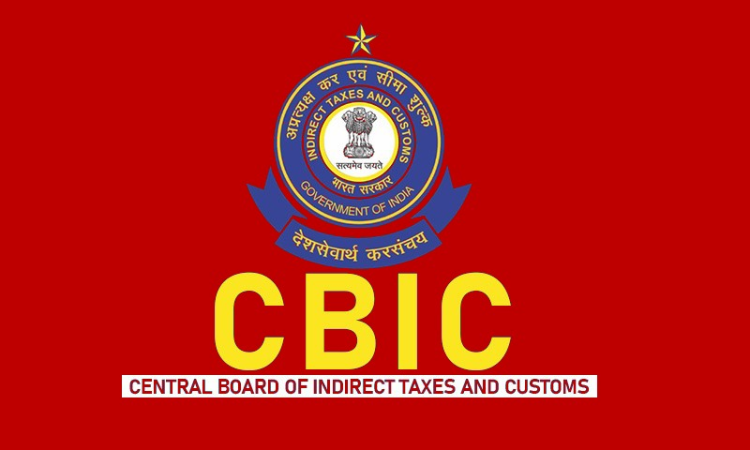The Central Board of Indirect Taxes (CBIC)has allowed transhipment of containerized export goods of Bangladesh through India using riverine and rail routes.The Board has received representations from trade to provide a similar transhipment facility to Bangladesh's export cargo through India using a combination of waterways and land routes. It has been suggested to allow export goods...

